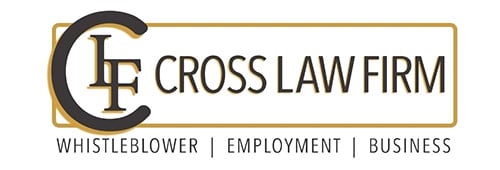When you have concerns about your workplace, you do not have to stand alone in the effort to increase pay or improve workplace conditions. Working with your coworkers can help you achieve more, and forming an employee association (union) can be a decisive step toward achieving these goals.
1. What is a Union?
A union is, quite simply, an employee association that has been recognized by the employer or otherwise certified after a vote by the National Labor Relations Board (NLRB) or the state’s similar agency (such as Wisconsin Employment Relations Commission in Wisconsin).
Employee groups may associate with larger national unions or they may form independently. Contrary to what employers like to say, there is no “3rd party” coming in – just the employees organizing together to collectively better their compensation, hours, and working conditions.
2. Understand your rights
Starting your journey to unionization by understanding your rights and the laws involved can help you navigate this process more confidently and better protect your rights. Under the National Labor Relations Act (NLRA), most private-sector employees have the right to join or form a union. It’s important to understand that it’s illegal for employers to retaliate against employees for unionizing efforts, but you must be able to show that the employer knew of your involvement prior to any retaliation.
3. Start the conversation
After understanding your rights, you should discuss forming a union with your coworkers. In these discussions, you can gauge their interest and understand their concerns. It also allows you to share your knowledge of your legal rights with your colleagues.
Because confidentiality and trust are crucial in the early stages of unionization, you should hold these discussions privately to ensure everyone can speak freely.
4. Partner with others
Even before forming a union, you can benefit from teamwork. If your coworkers are interested, create an organizing committee to lead the effort, educate colleagues about the benefits of unionizing, and begin laying out strategies for the campaign ahead.
You may also want to partner with others outside your organization. Choosing an existing union to partner with allows you to benefit from the experience and infrastructure that others have built to guide you through the organizing process. You may also want to discuss your efforts with an attorney who can offer legal insights if you face challenges in the organizing process. An attorney experienced in labor organization drives and protecting against retaliation can assist with the entire organization drive and help connect you with other resources.
5. Collect signatures
The next step involves collecting signatures on authorization cards to show a formal interest in unionizing in your workplace. Depending on the path to unionization you take, this may involve different portions of your workplace. If you want your employer to recognize the union voluntarily, the majority of employees must sign these cards. If you petition the National Labor Relations Board (NLRB) for a union election, at least 30 percent of workers must sign, and you must hold a union election. An experienced union organizing attorney can assist with issues such as the correct “bargaining unit” to determine which employees would be eligible to vote and which would be outside of the bargaining unit (such as managers or those in other professions).
6. Negotiate a Contract
After your employee organization or union has been recognized or certified, your newly formed organization can begin negotiating with your employer. You may address compensation, benefits, working conditions, and other employment terms.
Forming a union is a journey that requires courage, solidarity, and persistence. It’s a path to ensuring your voice and your colleagues’ voices are heard loud and clear. Most importantly, employee organizations offer dignity and respect for employees, whether they are blue collar, white collar, or professional.
